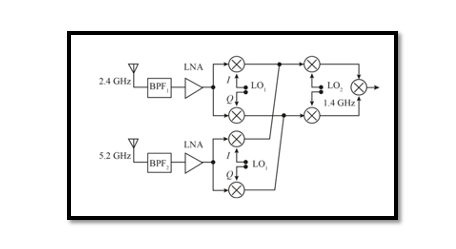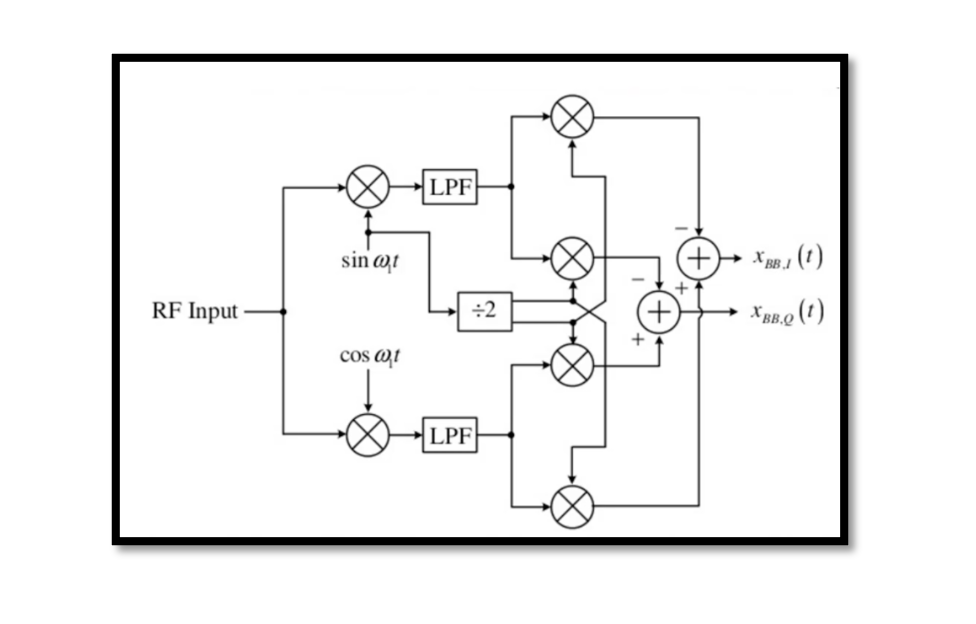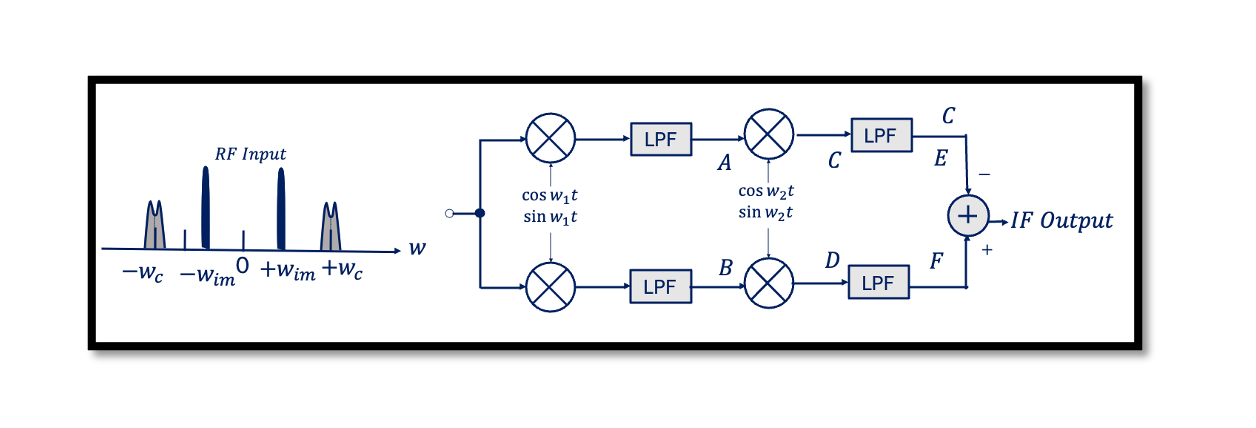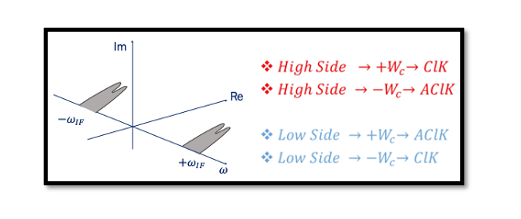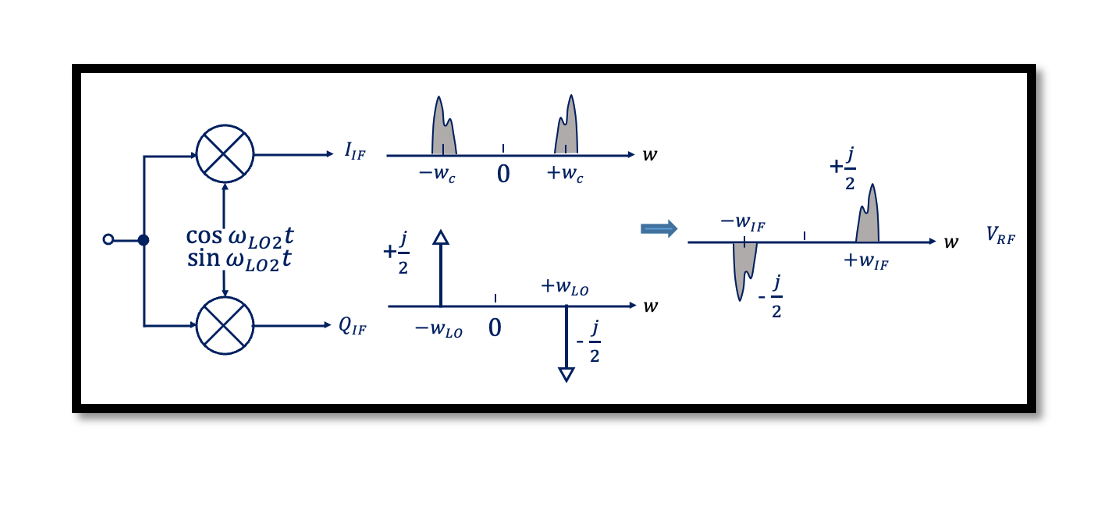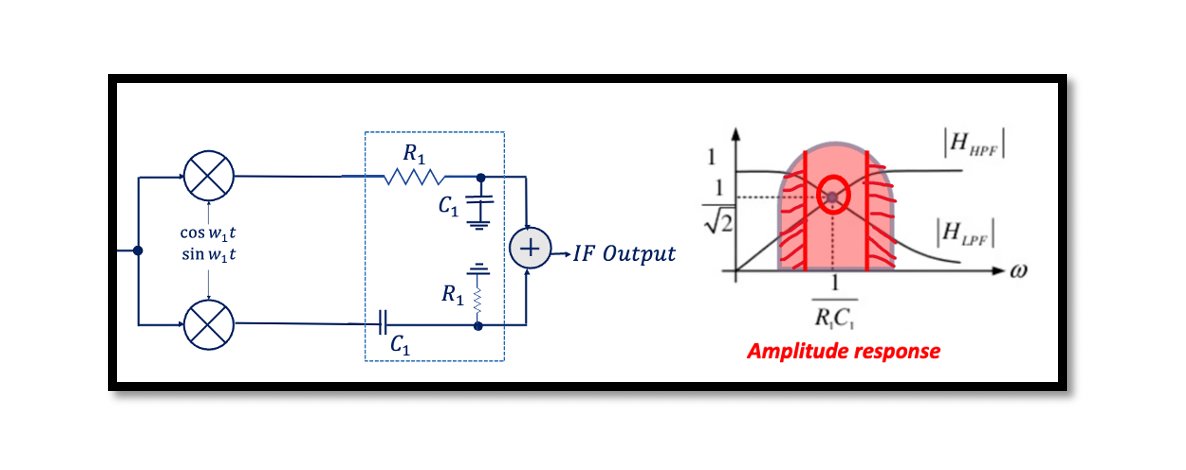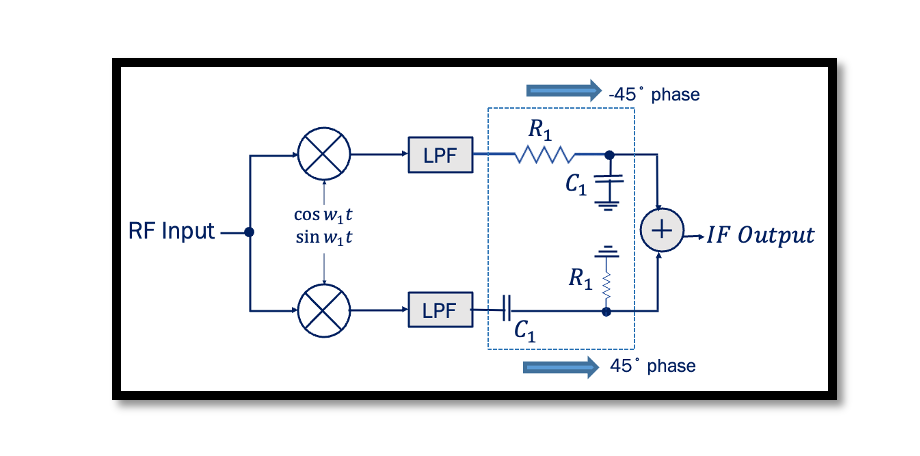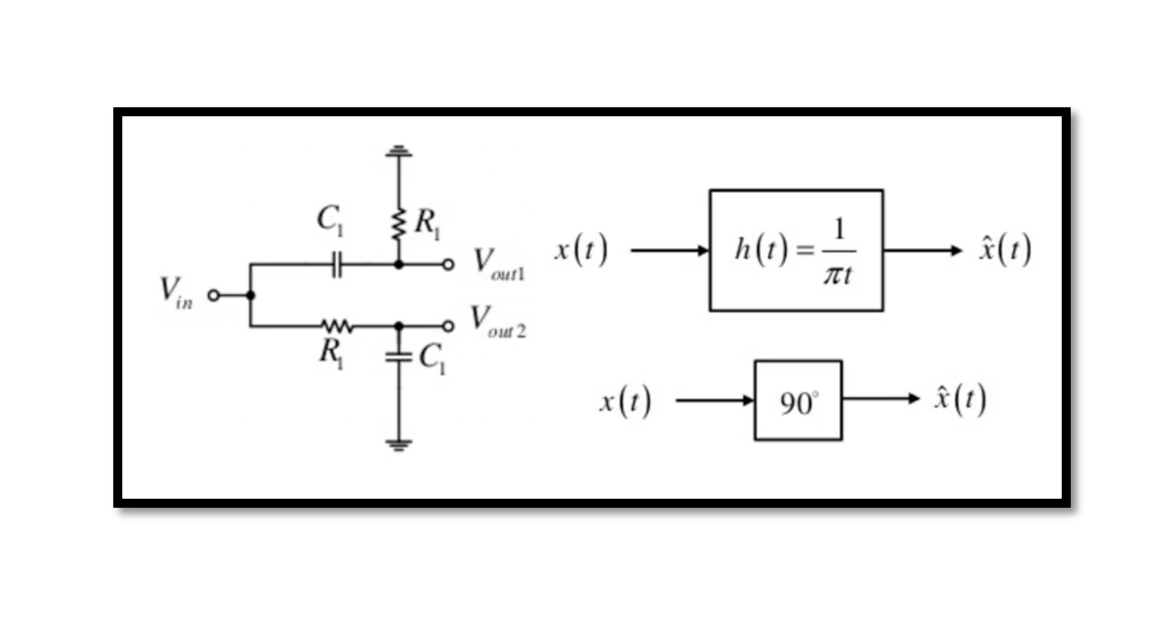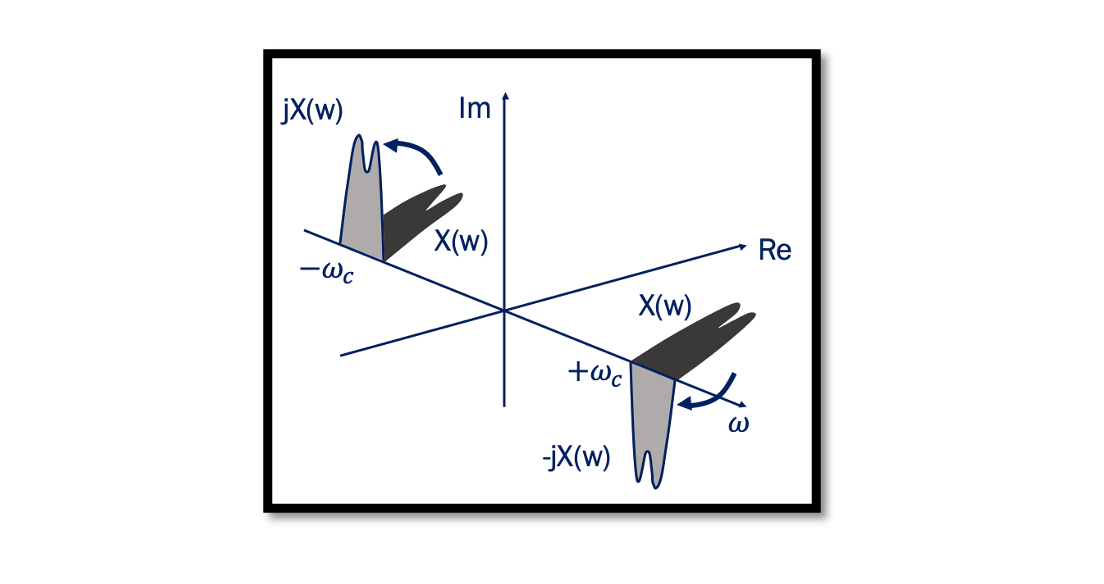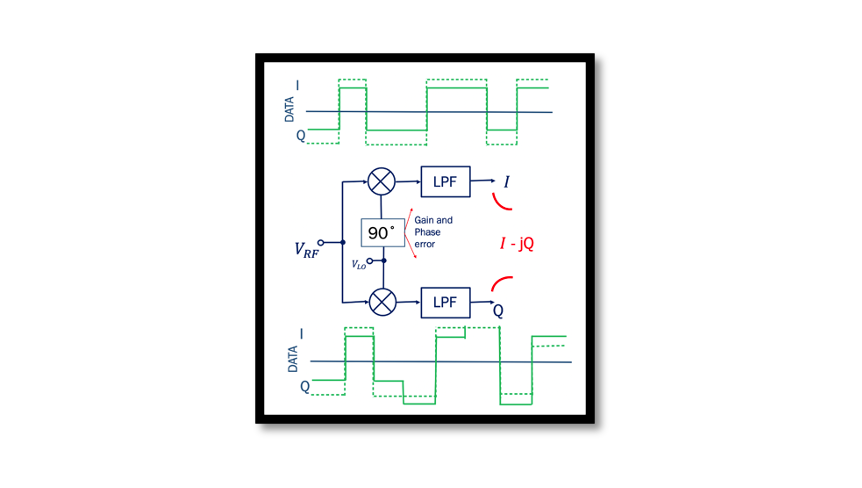Structure of a Dual-Band Receiver The structure shown below is a very interesting structure called the Dual Band receiver which has a dual-band filter and dual-band LNA. It means the filter has two bands, f1 to f2 and f3 to …
Drawbacks of Weaver Architecture The previous blog discussed about the weaver architecture for image rejection. Like Hartley receiver, weaver architecture also has some drawbacks. Secondary image Mixing Spurs The first drawback is the secondary image if the second IF is …
Weaver Receiver Architecture In this blog, we will discuss about Weaver Architecture. This structure is used for image rejection. Previously we discussed about Image rejection using Hartley Architecture. Weaver architecture is similar to Hartley Receiver, this structure uses quadrature down …
Image rejection using Hartley Architecture This blog talks about how Hartley architecture uses 90-degree phase shift and quadrature down conversion to remove the image. In previous blogs, we discussed about 90˚ phase shift, Quadrature down conversion, and image problems. Hartley …
Quadrature Down Conversion – High Injection Previously we discussed about methods for implementing a 90˚ phase shift. Read about the methods to implement a 90-degree phase shift in a receiver. The first method is the RC-CR network, and the second …
What are the drawbacks of using RC-CR network? RC-CR Network is one of the methods to implement a 90-degree phase shift in a receiver. In this blog, we will discuss the drawbacks of using this method. 1. Image rejection might …
As discussed in the previous blog about the methods to implement 90˚ phase shift, the first method was RC-CR network and second method was quadrature down conversion. In the below figure the architecture of Hartley receiver shows that instead of …
How is the 90˚ phase shift implemented? There are two methods that we will discuss here to implement a 90-degree phase shift inside a receiver. The first method is the RC-CR network and the second method is Quadrature downconversion. In …
90 degree Phase Shift – Quadrature Down Conversion When a signal becomes its own image it corrupts the desired channel and the solution to this problem is Quadrature Down Conversion. Read more about the Image problem. The below plot shows …
What is the drawback of quadrature down conversion? In this blog, we will be looking into the IQ mismatch and how it affects our signal. Refreshing the memory from a previous blog on Quadrature down conversion. Looking at the below …

